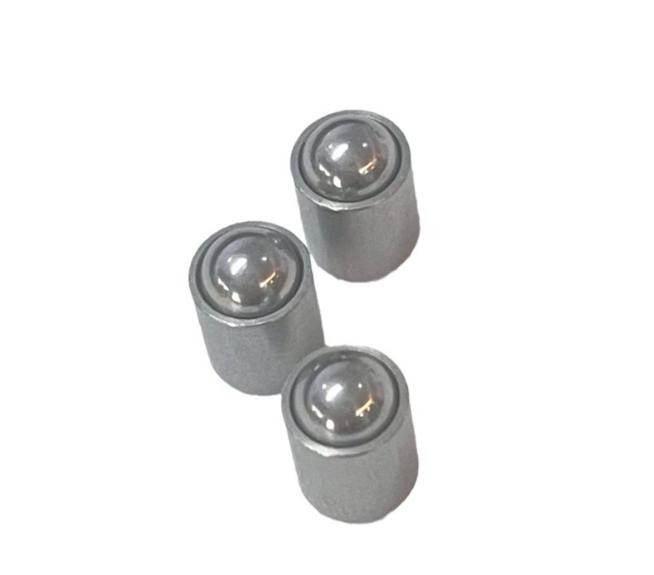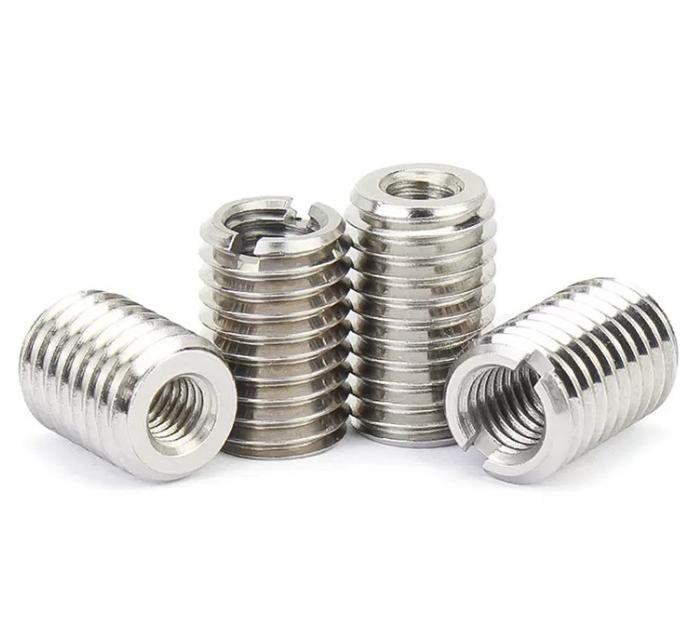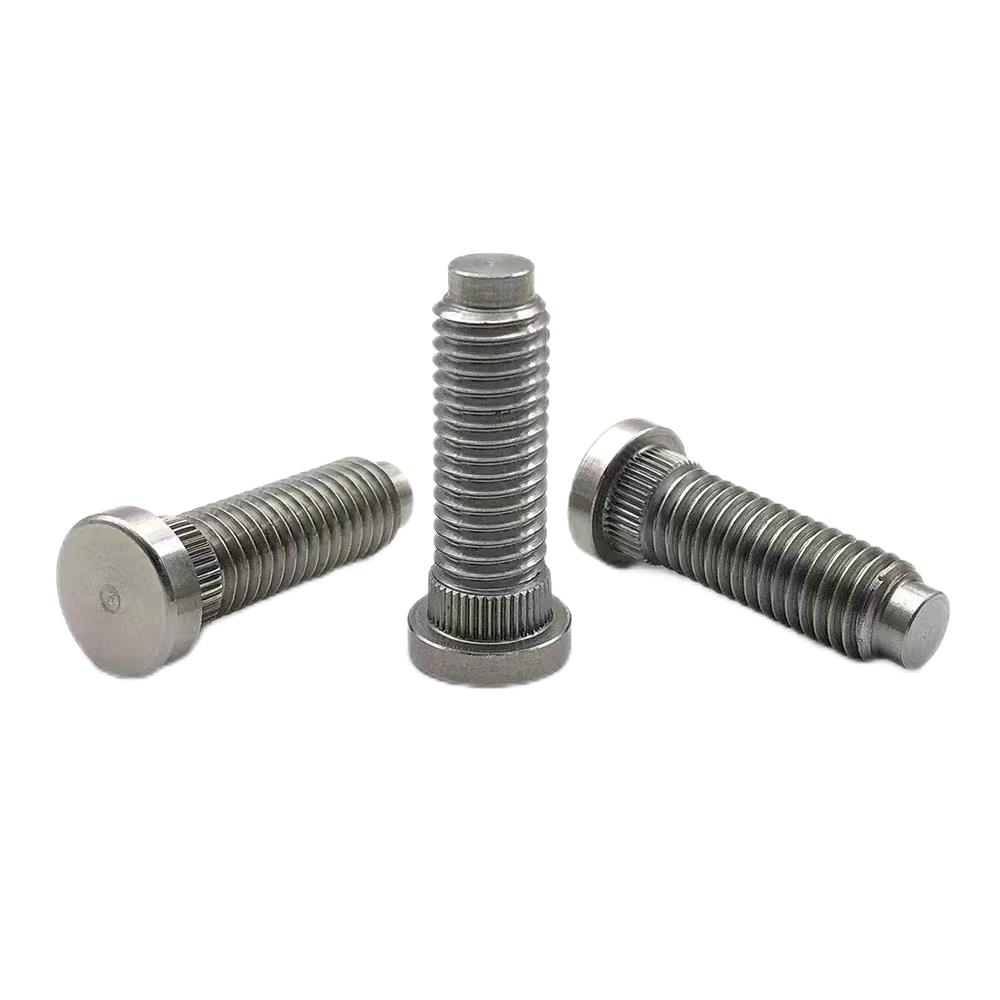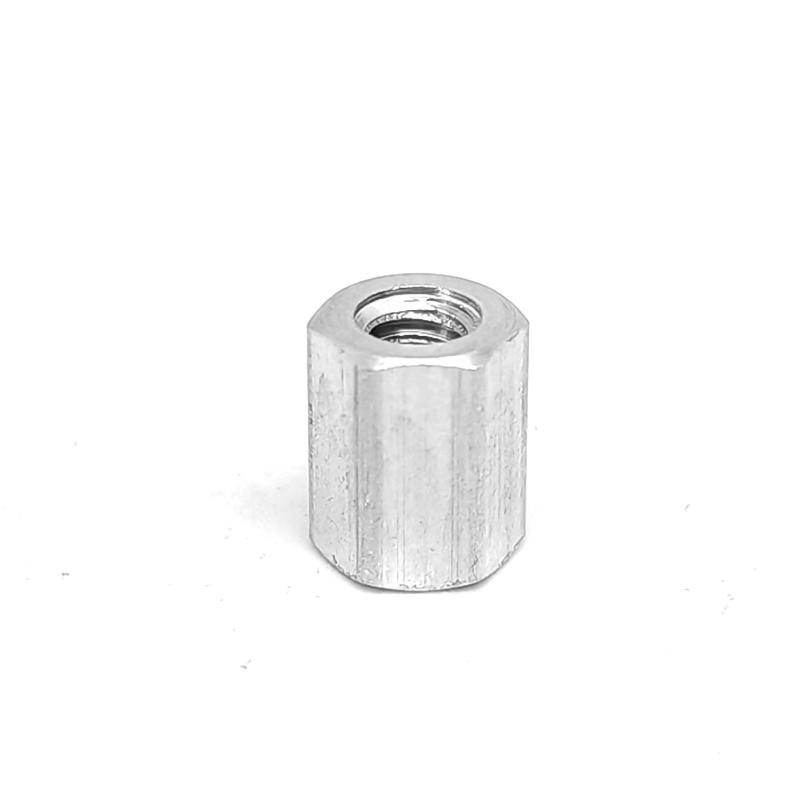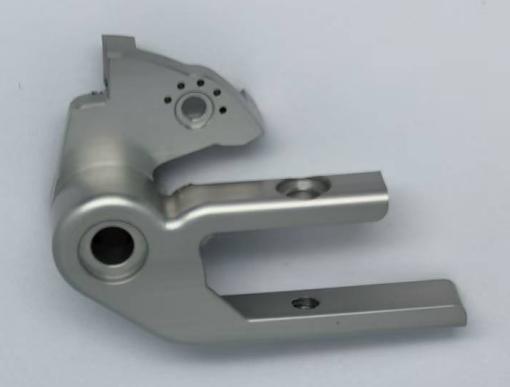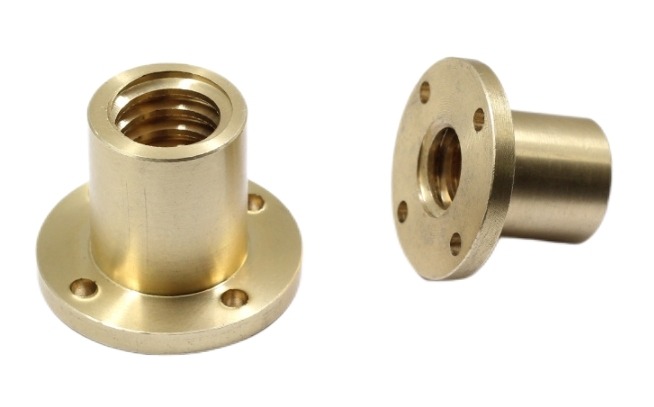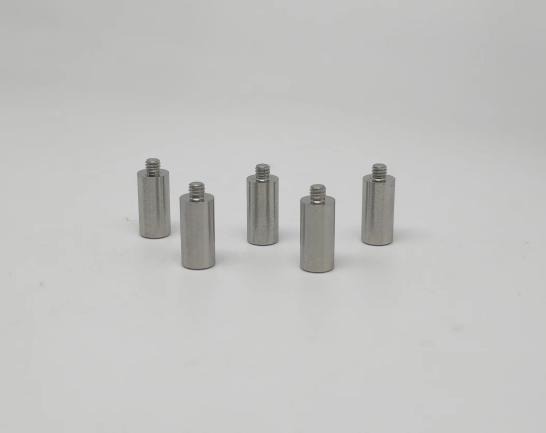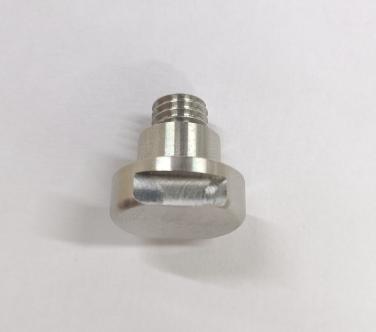Why is CNC Boring Widely Used in Machining Large-Scale Components?
In the manufacturing industry, precision and accuracy are paramount when producing large-scale components. Among the various CNC machining processes, CNC boring stands out as a critical method for producing large-scale components by enlarging pre-existing holes to precise dimensions and achieving high-quality surface finishes. This article explores the fundamentals of CNC boring, its importance, the challenges it addresses, and its applications in machining large-scale components across various industries
What is CNC Boring
CNC boring is a machining process that involves enlarging a hole that has already been drilled or cast, using a single-point cutting tool to achieve a high degree of precision and surface finish. Unlike drilling, which creates a new hole, boring fine-tunes the dimensions of existing holes, ensuring they meet exact specifications. This process is particularly vital in the production of large-scale components.
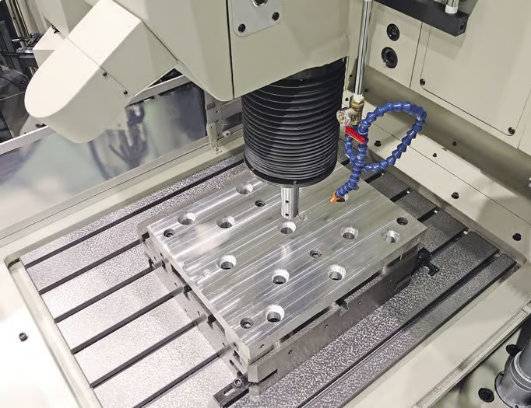
Importance of CNC Boring for Machining Large-Scale Components
1. Precision and Accuracy
- Tight Tolerances: CNC boring machines are designed to achieve tight tolerances, which are crucial for large-scale components used in industries such as aerospace, automotive, and energy. Accurate hole dimensions are essential for the proper fitting and functioning of components.
- Consistency: The precision of CNC boring ensures that each part produced meets the exact specifications, which is vital for maintaining consistency across large production runs.
2. High-Quality Surface Finish
- Reduced Need for Secondary Operations: The superior surface finish achieved through CNC boring minimizes the need for additional finishing processes, saving time and reducing overall production costs.
- Enhanced Performance: Smooth surface finishes are critical for CNC components that interact with other parts, reducing friction and wear, and thereby enhancing the performance and longevity of the final product.
3. Versatility and Flexibility
- Wide Range of Materials: CNC boring machines can handle various materials, including metals, alloys, and composites, making them versatile for different applications.
- Complex Geometries: The advanced capabilities of CNC boring allow for the creation of complex internal geometries that would be challenging or impossible with other machining methods.
4. Efficiency and Productivity
- Automation: The automation provided by CNC technology reduces the need for manual intervention, increasing production speed and efficiency. This is particularly beneficial for large-scale components, which often require longer machining times.
- Reduced Downtime: CNC boring machines are equipped with automated tool changers and real-time monitoring systems that minimize downtime and ensure continuous production.
5. Large-Scale Capabilities
- Handling Large Workpieces: CNC boring machines are specifically designed to handle large and heavy workpieces, providing the stability and support necessary for machining large components accurately.
- Adaptability: These machines can be configured to accommodate various sizes and shapes of workpieces, offering flexibility in manufacturing large-scale components.
6. Integration with CAD/CAM Systems
- Seamless Workflow: The integration of CNC boring machines with CAD (Computer-Aided Design) and CAM (Computer-Aided Manufacturing) systems streamlines the design-to-production process. Digital models can be directly translated into machining instructions, reducing errors and ensuring accuracy.
- Design Flexibility: Changes in design can be easily implemented and executed, allowing for rapid prototyping and adjustments without significant downtime.
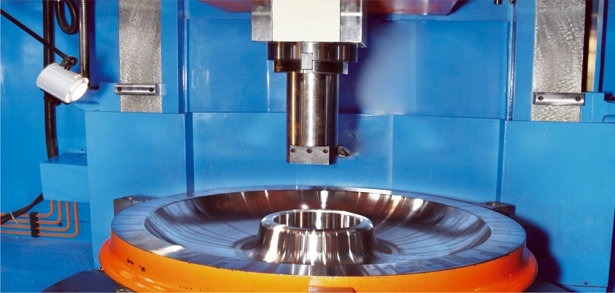
How to Address Challenges in Machining Large-Scale Components Through CNC Boring
1. Material Removal and Efficiency
Challenge: Removing large amounts of material from extensive workpieces can be time-consuming and inefficient with conventional machining methods.
CNC Boring Solution
- High-Powered Spindles: CNC boring machines are equipped with high-torque spindles that can handle substantial material removal rates efficiently.
- Precision Tooling: The use of advanced cutting tools and techniques allows for effective and precise material removal, reducing machining time and enhancing productivity.
2. Tolerance Control
Challenge: Maintaining tight tolerances over large dimensions is challenging due to potential tool deflection, thermal expansion, and machine vibrations.
CNC Boring Solution
- Robust Construction: CNC boring machines are designed with heavy-duty frames and bases that minimize vibrations and ensure stability, which is crucial for maintaining precision over large workpieces.
- Advanced Control Systems: Sophisticated CNC controls provide precise adjustments and real-time feedback, ensuring that tolerances are consistently met.
3. Surface Quality
Challenge: Achieving high-quality surface finishes on large components can be difficult due to tool wear and the need for consistent cutting conditions.
CNC Boring Solution
- High-Precision Cutting Tools: CNC boring machines use specialized cutting tools designed to maintain sharpness and precision, producing superior surface finishes.
- Optimized Cutting Conditions: CNC systems can automatically adjust cutting parameters to maintain optimal conditions, reducing tool wear and enhancing surface quality.
4. Complex Geometries
Challenge: Machining complex internal geometries and intricate details in large components is difficult with traditional methods.
CNC Boring Solution
- Multi-Axis Capabilities: CNC boring machines with multi-axis capabilities can perform complex machining operations, allowing for the creation of intricate internal geometries and detailed features.
- Flexible Tooling Options: The ability to use various cutting tools and attachments enables the machining of complex shapes and profiles.
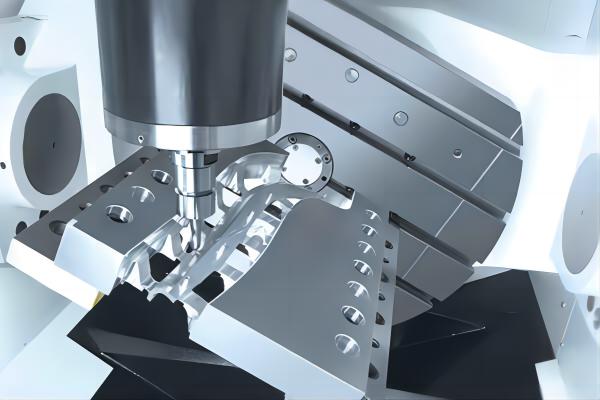
5. Workpiece Handling
Challenge: Handling and securing large and heavy workpieces during machining can be cumbersome and prone to errors.
CNC Boring Solution
- Sturdy Workholding Solutions: CNC boring machines feature robust clamping and fixturing systems designed to securely hold large workpieces in place, ensuring stability and precision.
- Adjustable Workholding: These machines often come with adjustable workholding solutions that can accommodate different sizes and shapes of workpieces, enhancing flexibility and ease of handling.
6. Thermal Management
Challenge: Large-scale machining generates significant heat, which can cause thermal expansion and affect dimensional accuracy.
CNC Boring Solution
- Cooling Systems: CNC boring machines are equipped with advanced cooling systems that manage heat effectively, preventing overheating and maintaining consistent machining conditions.
- Temperature Compensation: Some machines feature temperature compensation mechanisms that adjust machining parameters in real-time to account for thermal expansion, ensuring dimensional accuracy.
7. Real-Time Monitoring and Feedback
Challenge: Monitoring the machining process and making real-time adjustments is difficult, especially with large-scale components where errors can be costly.
CNC Boring Solution
- In-Process Inspection: Advanced CNC boring machines include in-process measurement systems that continuously monitor dimensions and tolerances, allowing for immediate corrections.
- Real-Time Feedback: Sensors and feedback systems provide real-time data on machining conditions, enabling operators to make necessary adjustments promptly to maintain precision and quality.
8. Efficiency and Productivity
Challenge: Manual machining of large components is labor-intensive and time-consuming, leading to lower productivity.
CNC Boring Solution
- Automation: CNC boring machines automate the machining process, reducing the need for manual intervention and increasing production speed and efficiency.
- Automated Tool Changers: These machines often feature automated tool changers that quickly swap tools as needed, minimizing downtime and enhancing productivity.
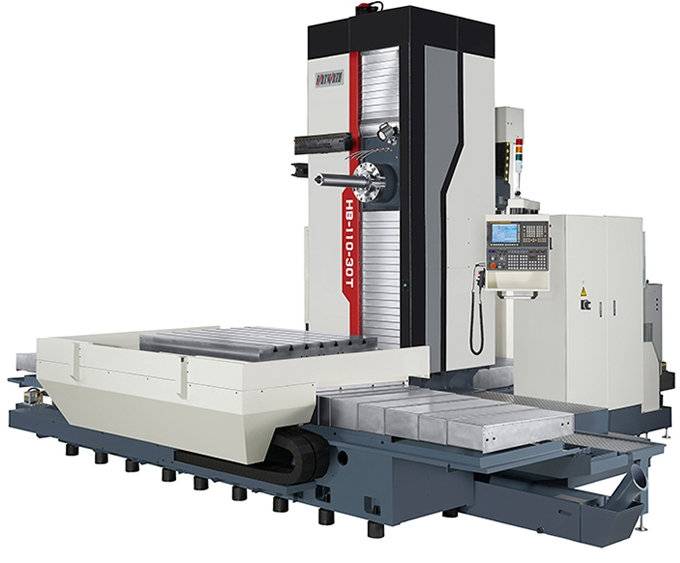
Key Applications of CNC Boring in Machining Large-scale Components
1. Aerospace Industry
- Engine Casings: CNC boring is used to machine large engine casings with high precision, ensuring that they meet the stringent tolerance requirements for aerospace applications.
- Landing Gear Components: The precision boring of landing gear parts is crucial for the safety and reliability of aircraft.
- Structural Components: Large structural parts, such as wing spars and fuselage sections, benefit from the accuracy and consistency provided by CNC boring.
2. Automotive Industry
- Engine Blocks: CNC boring machines are essential for machining the cylinders in engine blocks, achieving the required tolerances and surface finishes for optimal engine performance.
- Transmission Housings: Precision boring ensures the alignment and fit of transmission components, which is critical for the smooth operation of automotive transmissions.
- Heavy Vehicle Parts: Large components for trucks and heavy-duty vehicles, such as axles and chassis parts, are machined using CNC boring for durability and precision.

3. Energy Sector
- Wind Turbines: CNC boring machines are used to machine large components for wind turbines, including hubs and main shafts, ensuring they can withstand the stresses of operation.
- Hydroelectric Turbines: The precision boring of large turbine parts is essential for the efficiency and reliability of hydroelectric power generation.
- Oil and Gas Equipment: CNC boring is used in the production of large-scale components for drilling rigs, pipelines, and refineries, where precision and durability are paramount.
4. Heavy Machinery and Construction Equipment
- Mining Machinery: Large components for mining equipment, such as crushers, mills, and excavators, are machined using CNC boring to ensure they can handle harsh operating conditions.
- Construction Equipment: CNC boring is used to machine large parts for construction machinery, including hydraulic cylinders and structural frames, ensuring they meet the required strength and precision standards.
5. Marine Industry
- Shipbuilding: CNC boring machines are used to produce large components for ships and submarines, such as engine parts, propeller shafts, and structural elements, ensuring they meet the high standards of precision and durability required in marine applications.
- Offshore Platforms: Large components for offshore oil and gas platforms, including structural supports and drilling equipment, are machined using CNC boring to ensure they can withstand the harsh marine environment.
6. Industrial Equipment
- Press Machines: CNC boring is used to machine large components for industrial press machines, including frames and platens, ensuring they have the required precision and strength.
- Machine Tool Components: The production of large parts for other machine tools, such as bases and columns, benefits from the accuracy and consistency provided by CNC boring.
7. Railway Industry
- Train Components: Large-scale components for trains, such as engine blocks, wheel hubs, and axles, are machined using CNC boring to ensure they meet the stringent safety and performance standards of the railway industry.
- Track and Infrastructure Parts: CNC boring is used to machine large parts for railway tracks and infrastructure, ensuring precision and durability.
7. Defense and Military Applications
- Weapon Systems: CNC boring is used to machine large components for various weapon systems, including gun barrels and missile launch systems, where precision is crucial for performance and safety.
- Military Vehicles: Large parts for military vehicles, such as tank hulls and armored vehicle components, are machined using CNC boring to ensure they meet the rigorous standards required for defense applications.
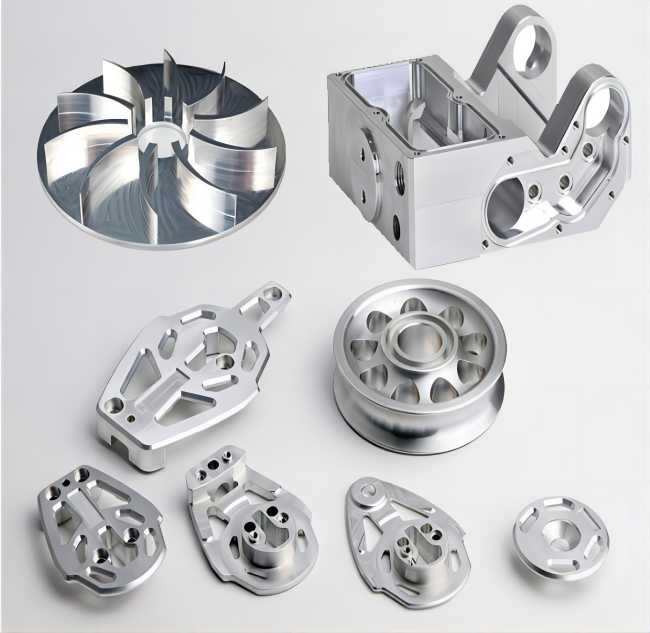
Conclusion
CNC boring is a cornerstone of modern manufacturing, particularly for machining large-scale components that demand precision, accuracy, and high-quality surface finishes. Through adopting advanced technology and automation, CNC boring machines address the unique challenges of machining large parts, offering significant benefits in terms of efficiency, consistency, and overall quality.

